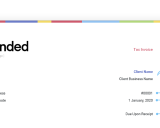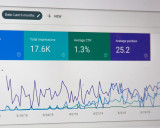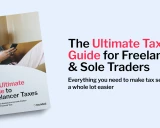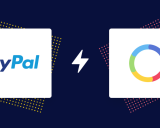
How to prepare your freelance business for PAYG
If you’ve been freelancing for a while, you’ve probably heard about Pay As You Go tax instalments (PAYG). What are they? How do they affect you? What’s the best way to manage them? We’ve got all your answers here.
Article contents
− +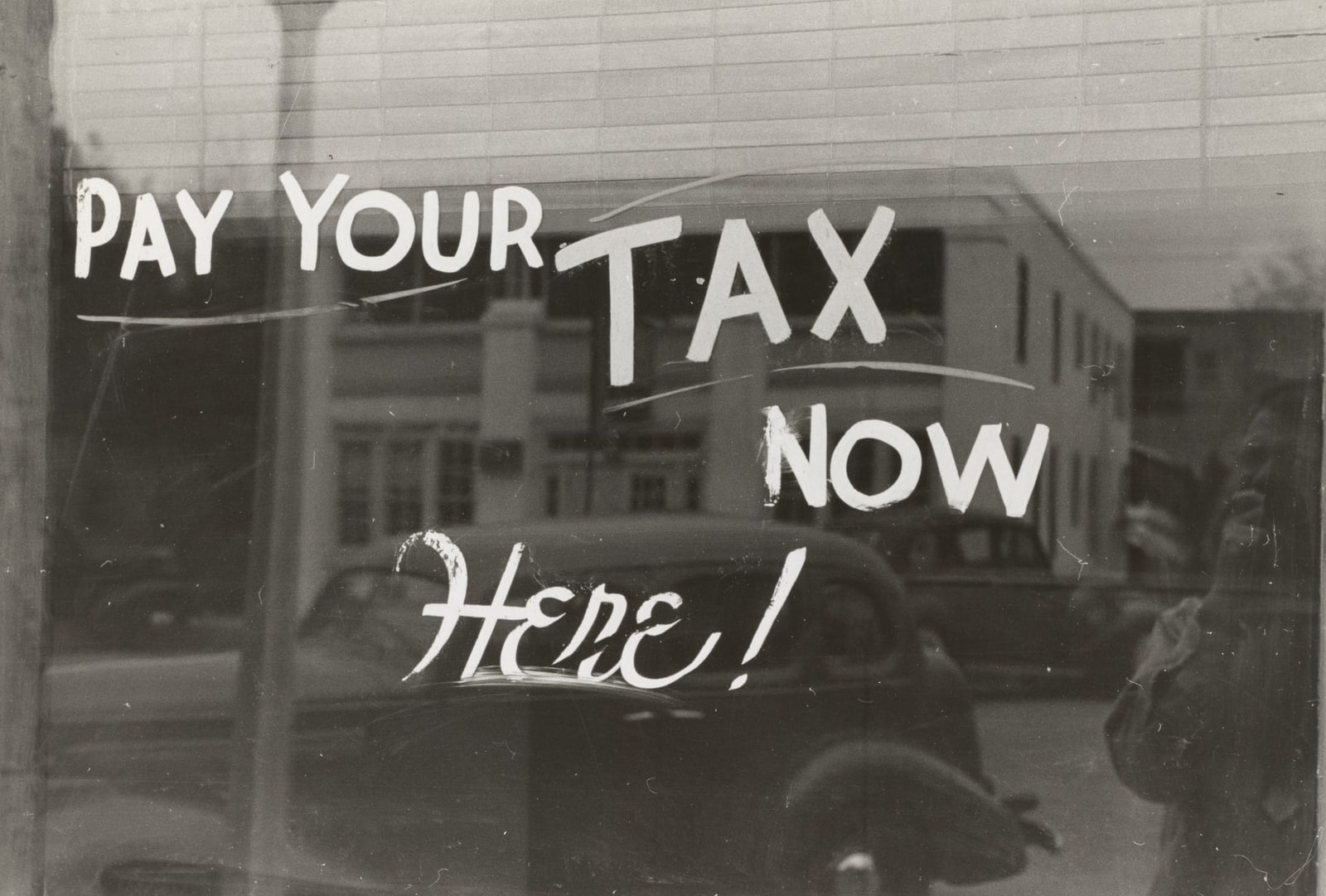
We’ve put together some general advice around PAYG, but remember, it’s always best to speak with a certified tax accountant about your personal circumstances.
What is PAYG? Understanding the basics
PAYG stands for “Pay as you go,” and refers to the Australian Tax Office’s method of spreading out tax payments throughout the course of the financial year.
Typically, these tax payments are collected quarterly, though in some cases people may make monthly payments.
When you work for a traditional employer, they will most likely withhold your tax. You’ll file your taxes once at the end of the financial year, and may receive a refund or need to make a payment.
But for most freelancers and contractors, you’re required to make PAYG instalments to meet Australia’s tax requirements.
Who qualifies for PAYG instalments?
PAYG instalments are mandatory for any individual taxpayer in Australia who reports $4,000 or more in business income or gross investment as of their last tax return. Business income includes any money you receive from clients using your ABN. Investments would include bank interest, any income from property you own, or other financial investments you have.
Note: Business income does not include your salary from an employer who withholds your tax on your behalf.
Since it’s likely that as a full-time freelancer, you’ll be making more than $4,000 a year, it’s a good idea to understand when PAYG instalments are due, how to make payments, and how to plan ahead so that you don’t underpay or overpay too much.
When do PAYG instalments begin?
The ATO starts sending PAYG activity statements to eligible people following the end of financial year (June 30th). If your latest tax statement shows that you had business income and investments over the $4,000 threshold, then you will be automatically enrolled.
If you are starting out as a freelancer close to the beginning of the financial year, and you expect to make more than $4,000, you may elect to enter the system early and make PAYG payments before the EOFY. You can start that process through the ATO’s website here. However, before you take this step, speak with a tax accountant to weigh your options.
“Working with a tax accountant means you’ll never miss a PAYG payment deadline,” says Davie Mach, founder of Box Advisory Services. “Keeping track of your finances makes it easier to predict your income and pay the correct amount each quarter, avoiding a surprise tax bill at the end of the year.”
Your first letter from the ATO after filing may just be a welcome statement telling you to wait for your first activity statements to come through, but eventually you’ll receive your first instalment request, which means it’s time to file.
Calculating and varying your PAYG instalments
When you receive your first PAYG instalment notice, the ATO will give you an amount to pay based on your most recent tax filing.
This can be a bit tricky for freelancers, because your income may vary significantly quarter to quarter. Fortunately, the ATO also gives you the opportunity to vary your PAYG instalments if you think you’ll need to pay more to avoid being hit with an unexpected tax bill at the end of the year. Alternatively, you can elect to pay less if you expect your income to go down.
"Choosing to vary your PAYG instalments is a wise move if your income fluctuates,” says Mach. “Keeping track of your finances makes it easier to predict your income and pay the correct amount each quarter, avoiding a surprise tax bill at the end of the year."
Fortunately, the ATO has a free PAYG instalment calculator you can use to get a better estimate of what you should pay.
It’s a good idea to use this calculator frequently, especially if your income changes. This will help you set aside the appropriate amount of money for your PAYGs any time you receive a payment. If you end up overpaying, you’ll receive the extra money back when you file your year-end taxes.
Paying your PAYG instalments
The first step toward paying your PAYG instalments is to be sure you have linked your MyGov and ATO accounts. You can do this through the MyGov portal. This will make sure you get notifications when you have a new document to review.
When it comes time to submit your PAYG instalments, you’ll receive at least one of these types of notices in your MyGov inbox:
1. PAYG Instalment Notices – Quarterly payment notices calculated by the ATO. These detail what to pay or give you the option to vary the amount before the date the ATO amount falls due.
2. Instalment Activity Statements (IAS) – With these, the ATO gives you the opportunity to set your own instalment rates, based on your own calculations.
You’ll be asked to fill out basic information about your income, expenses, and investments. Once you’ve filled all of that information out, you can pay directly from a bank account or use a credit card for a fee.
Rounded simplifies the PAYG payment process for freelancers. The software collates all of the necessary data for quarterly tax filings into a single profit and loss report, streamlining the process of filing your instalments.
If managed correctly, PAYG instalments should be a good thing for freelance businesses. They help to spread income tax liability over the course of the financial year and limit your chances of getting hit by an unexpectedly high tax bill at the end of the year.
Contents
Join newsletter
ABOUT ROUNDED
Invoicing and accounting software for sole traders. Get paid faster and relax at tax time.
